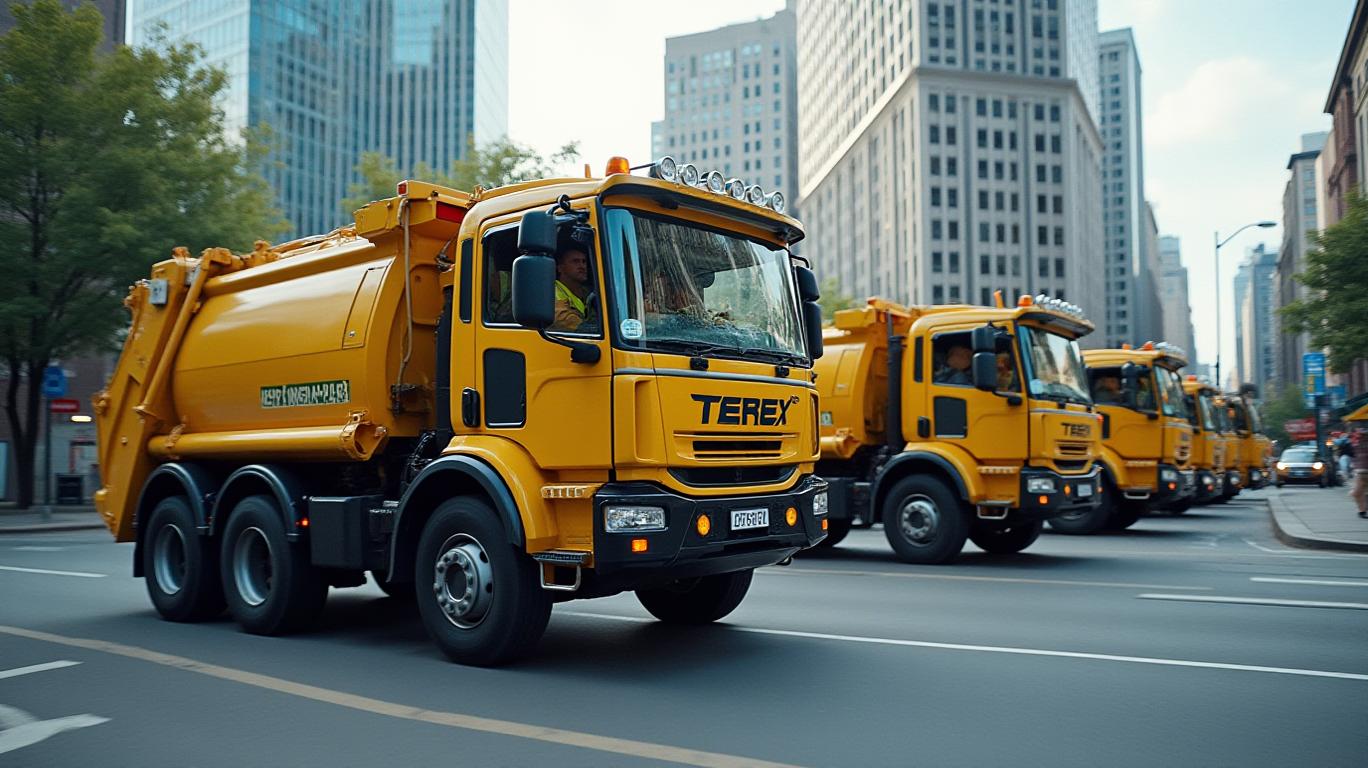Trex Company Inc: Navigating Headwinds with Strategic Grit in Q1 2025
Trex Company Inc (TREX) reported mixed results for Q1 2025, revealing a company at a pivotal juncture: grappling with short-term margin pressures while investing aggressively in long-term growth. Net sales fell 9% year-over-year to $340 million, but beneath the surface lies a narrative of innovation, operational transformation, and a disciplined focus on high-margin products. Investors weighing TREX’s stock must parse both the immediate challenges and the structural tailwinds that could position the company for sustained success.
Financials: A Story of Contrasts
The quarter’s top-line decline stemmed largely from an apples-to-oranges comparison: Q1 2024 included a $40 million “channel inventory build” that did not recur. Excluding this anomaly, sales would have grown modestly. Gross profit margins, however, took a harder hit, narrowing to 40.5% from 45.4% a year earlier—a 490 basis point drop. Railing conversion costs, lower production volumes, and adjustments to its entry-level Trex Enhance® decking process were cited as primary culprits.
Yet there are bright spots. Premium products now account for 22% of trailing 12-month sales, up from 10% in 2024, signaling a successful shift toward higher-margin offerings. New launches like marine-grade decking (submersible in both fresh and saltwater) and SunComfortable™ technology—which reduces deck surface heat—are resonating with consumers. Additionally, dealer recruitment under the TrexPRO program has surged, with sign-ups “significantly ahead of 2024 levels.” These trends suggest that even as near-term margins are strained, the company is building a stronger, more profitable revenue base.

Strategic Initiatives: Betting on the Future
The Arkansas manufacturing campus, now producing recycled plastic pellets, marks a critical step toward self-sufficiency. Once fully operational, it will reduce reliance on external suppliers, slash costs, and position TREX as a leader in sustainable manufacturing. Management emphasized that the plant’s efficiency gains will eventually offset startup expenses, which contributed to Q1’s elevated costs.
Ask Aime: What impact will TREX's strategic initiatives have on its long-term growth prospects?
Meanwhile, the $79 million invested in property and equipment in Q1 underscores a commitment to scalability. The company also advanced its digital transformation, aiming to streamline operations and enhance dealer support—key to capitalizing on national accounts that now project “substantial 2025 volume growth.”
The Road Ahead: Risks and Opportunities
While Q2 margins are expected to remain “comparable to Q1,” management sees a path to recovery. By year-end, normalized production levels and the Arkansas plant’s full ramp-up should drive margin expansion. The 2025 outlook calls for 5-7% revenue growth and an adjusted EBITDA margin exceeding 31%, fueled by premium product adoption and railing sales (projected to grow double digits).
Ask Aime: How will Trex navigate its Q1 challenges?
However, risks linger. Tariffs on aluminum and steel—critical for railings and fasteners—could pinch costs, though pre-buying and supplier negotiations aim to mitigate this. Supply chain volatility and macroeconomic headwinds remain wild cards, particularly if housing starts or consumer spending softens.
Conclusion: A Company in Transition, but With Clear Vision
Trex’s Q1 results reflect a deliberate trade-off: accepting near-term pain to invest in sustainable, high-margin growth. The 32% drop in net income is disheartening, but the 22% premium product contribution and 50%+ dealer recruitment growth highlight a shift toward quality over quantity. The Arkansas plant’s potential to slash costs and the 31%+ EBITDA margin target for 2025 suggest that patience could be rewarded.
Crucially, Trex’s brand strength—evidenced by its fifth consecutive “Most Trusted Outdoor Decking” title and Barron’s sustainability ranking—bolsters its pricing power. With a balanced sheet ($1.64 billion in assets as of March 2025) and a clear roadmap for operational efficiency, TREX appears positioned to weather current headwinds. For investors, the question is whether they can tolerate short-term turbulence for the promise of a more profitable, scalable enterprise. On the data, the stock’s 12-month performance relative to the broader market will be instructive—but the fundamentals suggest this is a company worth watching closely.










